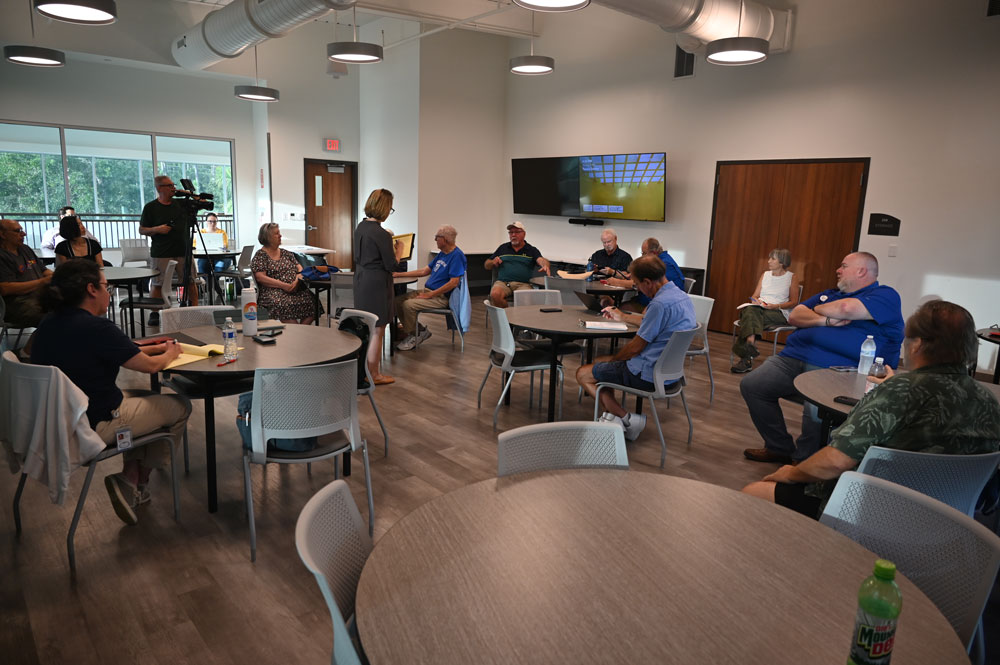
The first of four workshops designed to let Palm Coast residents describe how they want to see the city’s charter changed drew just 17 people Monday evening, 13 if you didn’t count four of the five members of the Charter Review Committee who attended, and a few less if you didn’t count the alternates picked for the committee.
But the two-hour discussion at the Southern Recreation Center was generally thoughtful and informed, engaged, varied, and–with occasional exceptions–free of the strident polemics and mistrust that routinely fill public-comment segments before the City Council.
Georgette Dumont, the moderator the city hired to facilitate the public sessions and the committee meetings, quickly set the tone with a cheery, inviting method that had none of the rigidity of the more formal committee meetings and all the ease and free-wheeling atmosphere of a town hall meeting where everyone has a voice.
Dumont is a former elected official who’s often facilitated charter review processes. She showed her mettle, keeping the conversation going, clarifying technicalities in the charter and frequently reminding participants of the sort of proposals better suited for ordinances or resolutions than charters. All along she took copious notes in a legal pad–even though the city had provided a staffer to do likewise–so she can report back to her committee.
Not that it’ll be necessary: Charter Review Committee Chair Donald O’Brien was there, along with members Perry Mitrano, Michael Martin and Maron Marrero. Patrick Miller was absent.
“I do want to note that there is no such thing as a perfect charter. So whatever comes out, it’s not going to be perfect,” Dumont told her audience. “That’s why there’s always the ability to amend the charter.”
Summing up the discussion items, and understanding that the 17 in attendance represent but 0.021 percent of the voting-age population in town, there is interest in the following:
- Expanding the council to seven members, but less interest in eliminating district representation.
- Requiring a candidate for office to live for at least a year (prior to the time of qualifying to run) in the district the candidate seeks to represent.
- Removing the residency restriction to Palm Coast for a city manager and enabling a wider residency radius perhaps defined by mileage rather than political boundaries.
- Limited interest in requiring super-majority votes when the council seeks to fire the city manager (the city attorney was not mentioned).
- Clarifying when and how council seats are filled after an unexpected vacancy.
- Requiring proposed salary increases for council members and the mayor to be approved by referendum.
There was some discussion but no interest in changing the form of mayor-council-manager type of government in place now–that is, of proposing a “strong mayor,” who would fill the role of mayor and city manager.
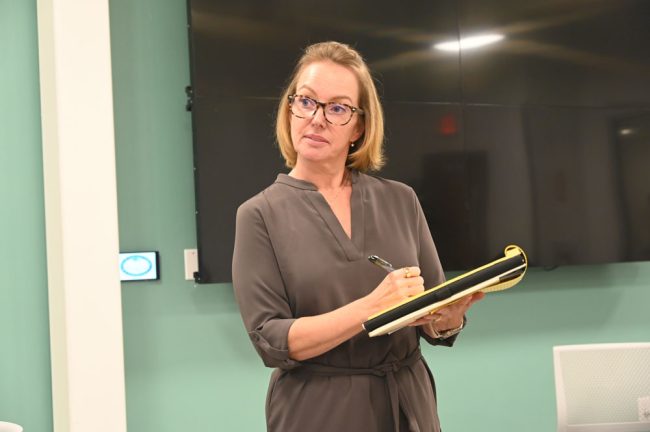
Despite suggestions to the contrary, Mark Langello, a W-Section resident and a member of the county planning board who’s sat on charter reviews elsewhere previously, cautioned that “the city manager has to know everything, garbage, inter-personal relations, everything. You have to know everything. And it’s a very hard position, and only a few people can do that,” Langello said. “Anybody can be elected a mayor, and then if you let that person perhaps run your city, who may be less served.”
“The mayor and the city council have absolutely no power, no political power, outside of their council room,” Barry Moore, a W-Section resident who was among the more engaged members of the audience, said. “And the only political power they have is that two other council people vote the way they want. They don’t have the power to admit proclamations.
Mark Stancel, a member of the Palm Coast planning board and a former candidate for the council who last year lost the primary by two votes (to Ray Stevens), was the most caustic and accusatory of the audience members, his ire directed at the council. He proposed that any recommendation made by the planning board should not be overridden by the council without at least a super-majority vote of four of the five council members.
“Because that’s too easy to diss all that work, because somebody has an agenda,” Stancel said. “Otherwise you don’t need a planning board. You don’t need all the city staff, all that work.”
“I will make sure that the committee knows this one, but that is more in line with the ordinances of creating the planning committee,” Dumont said.
Langello, using his experience on planning boards, said the representative system in place is not a direct democracy. “We elect people to do these things,” he said. “ How could everybody go to every city meeting, every county meeting, every state meeting and every federal meeting and vote on it. You can’t. So we elect people to do that, but these people that we elect are responsible to us as voters.”
There were a few odd proposals, as when Chantal Preuninger, an alternate member of the Charter Review Committee and one of the most frequent public speakers at council meetings these days, proposed that the city manager be changed whenever the mayor changes, or that the charter include a limit on annual population growth allowed, or that no votes be allowed at council meetings where the mayor and vice mayor are absent, even though there’d still be a quorum. None of those ideas got much traction. There was also a proposal, by Mark Webb (who was taking video of the meeting with a colleague since the city was not recording it. (It’s available here, and embedded below.)
O’Brien and Marrero did not speak during the session. Mitrano made a few suggestions, Martin provided frequent points of information. No City Council member attended, nor did members of the city’s senior administrative staff–not because they did not want to, but because there is a concerted effort to focus these sessions on public participation without the appearance of city or council interference. It is in contrast with the 2017 charter review process, when the council itself sat as the review committee, when it attended every public session, and as a result, stunted much of the public discussion, which was barely audible. In comparison, Monday’s session at the Southern Recreation Center, despite the small turnout, appeared to be just what the council and the committee were seeking (the absence of soap-boxed bellowers especially), and may encourage a better turnout at subsequent sessions.
Additional public workshops will be held in the three other districts of the city on Oct. 23 at City Hall at 6 p.m., and on Oct. 24 at the Palm Coast Community Center on Palm Coast Parkway at 6 p.m.
![]()
Full Video from Suncoast Media Services:










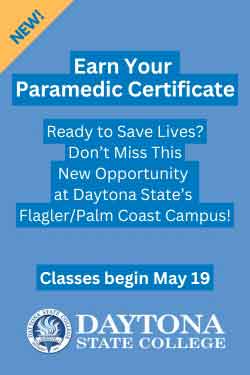






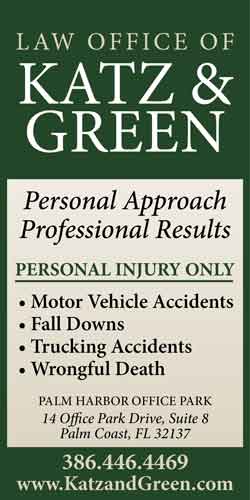

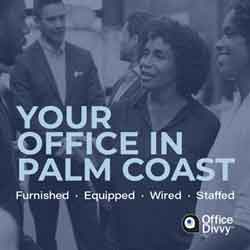




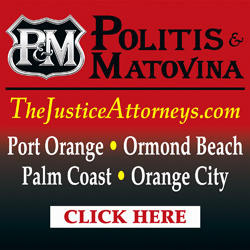


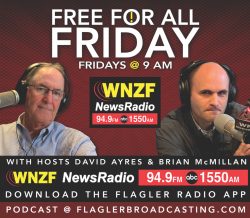

Leave a Reply